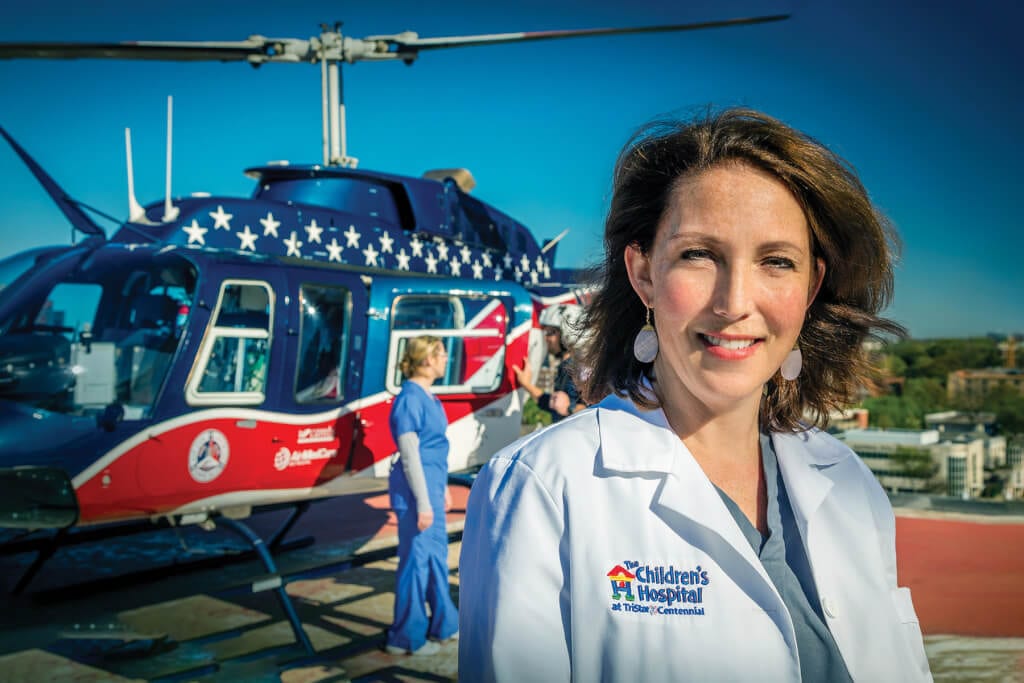By Ashley Benkarski
NASHVILLE, TN — Swim season is here, and people will flock to pools, lakes and rivers for relief from high summer temperatures. But without water safety education, a fun day of swimming can quickly turn to tragedy.
Dr. Sheila McMorrow is the Pediatric Emergency Department Medical Director at The Children’s Hospital at TriStar Centennial, and she’s seen first-hand the devastating effects of drowning that might have been avoided if preventative actions had been taken.
“About 74 percent of drownings occur in home or community pools, with most of these incidents involving children,” Dr. McMorrow said. Contrary to popular belief, kids often don’t splash or make noise when drowning. So, Dr. McMorrow always tells parents to designate someone to be a “water watcher” when swimming, even when lifeguards are present. If a child can’t be found and water is nearby, Dr. McMorrow says to check the pool first. It’s also important to keep eyes on kids when in shallow water. “Don’t ever leave a child in the bathtub alone because babies can drown in two inches of water,” Dr. McMorrow said. “The same is true for little ones in smaller baby pools.”
As of 2016, the CDC reported that ten people in the U.S. die each day from drowning, with over 3,600 deaths occurring annually. It’s the fifth leading cause of “unintentional injury death” for people of all ages, and the number one cause of death for kids ages one to four. For every child who dies from drowning, another five receive emergency department care for nonfatal submersion injuries. Some of these nonfatal drowning injuries can cause severe brain damage that may result in long term disabilities.
African-American children are more than five times more likely to die of drowning than white children, with black children ages 11-12 years old drowning at a rate ten times that of white children, the agency stated. Early exposure to water safety as a child is important in combatting the morbidity and mortality associated with drowning and near drowning. While lessons are available through programs offered by organizations such as the American Red Cross and YMCA, rates can run up to hundreds of dollars– an expense many families can’t afford.
Earlier this month, the state reported the loss of two teenagers who died due to drowning over a period of only two days, prompting officials to remind the public to use life jackets. Teens are more at risk of drowning in natural water settings such as lakes, rivers and oceans, the CDC noted.
Dr. McMorrow notes that while life jackets are an important part of water safety, they should not be the only method of precaution. Swimming and CPR lessons are also crucial, she said, adding that rescue breaths can be used if no one present knows proper CPR. In the case of a drowning, seconds matter. Severe or fatal brain damage, including a “permanent vegetative state,” can occur within a few minutes of submersion.
“We want kids to have fun this summer and to safely enjoy their time at the pool or lake,” said Dr. McMorrow. “The most important thing a parent can do is to always keep a close eye on kids while they’re in or around the water.”
The Children’s Hospital at TriStar Centennial Pediatric ER is located at 2220 Patterson Street in Nashville.
For more information, including the current ER wait time, visit TheChildrensHospitalNashville.com.


